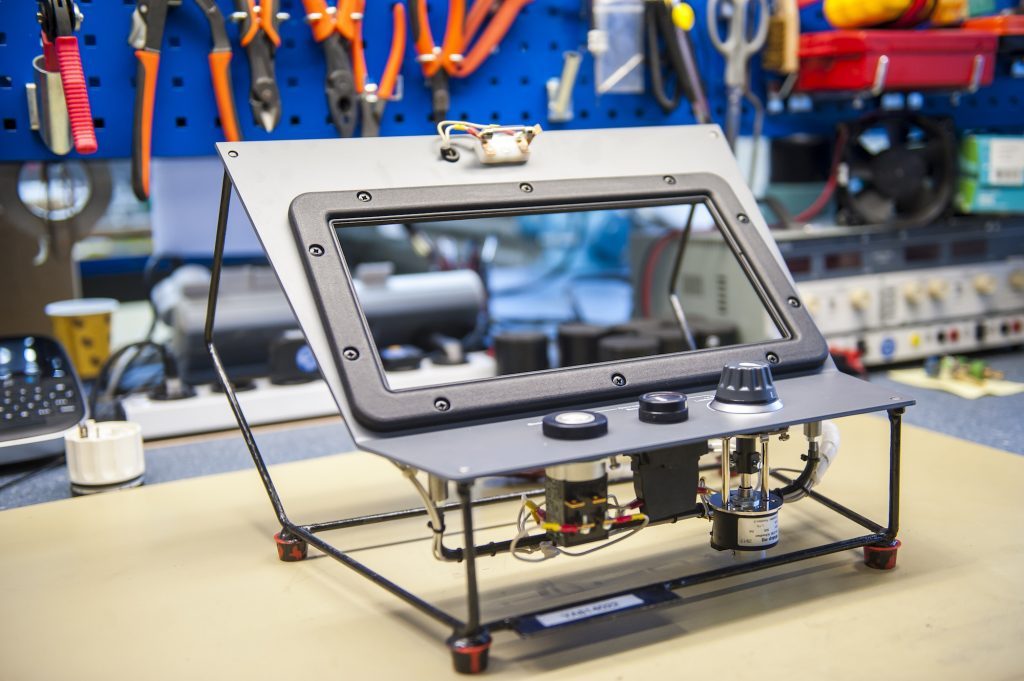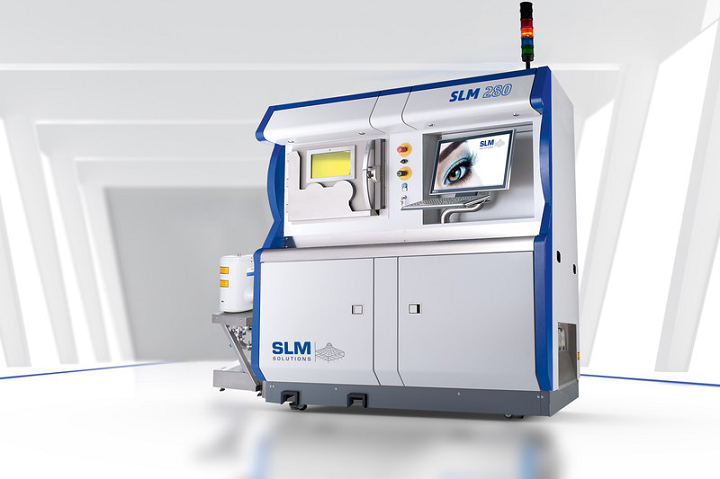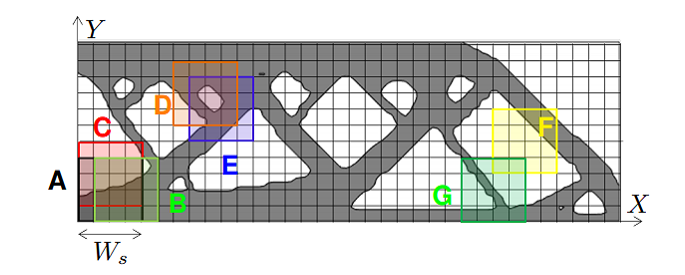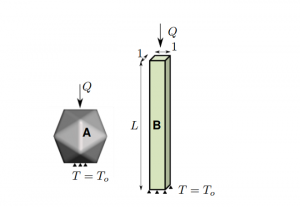 Earlier this year, the Dutch Army signed a contract with Dutch company DiManEx to produce 3D printed spare parts. Now DiManEx is extending its services to Dutch Railways. The railway system has been experimenting with 3D printing for a while now and is looking to optimize its supply chain by 3D printing spare parts as needed, rather than keeping them in stock.
Earlier this year, the Dutch Army signed a contract with Dutch company DiManEx to produce 3D printed spare parts. Now DiManEx is extending its services to Dutch Railways. The railway system has been experimenting with 3D printing for a while now and is looking to optimize its supply chain by 3D printing spare parts as needed, rather than keeping them in stock.
The partnership has actually been in place for several months. It initially allowed Dutch Railways to learn about and experiment with the possibilities of 3D printing and the quality of the parts that it could produce. The railway system selected and re-engineered a few parts, which were then 3D printed by DiManEx to the specifications provided by Dutch Railways. Mandatory quality control tests were then performed, and the approved part was then used in trains.
After the first phase of the partnership, the automated digital supply chain workflow provided by DiManEx was implemented, and Dutch Railways has expanded the number of spare parts to be 3D printed. There are a number of benefits to the system: Dutch Railways will now be able to avoid long lead times by 3D printing parts on demand, and will have to spend less money and space on keeping spare parts in stock. It will also be able to keep legacy parts in digital form, ready to be 3D printed if needed.
“Today, our main risk in the spare parts supply chain is obsolescence,” said Joris van de Sande, Dutch Railways’ Supply Chain Operations Strategic Buyer. “With DiManEx, we are able to digitize our supply chain, mitigate risks and combat obsolescence. They are an ideal partner to help us build the supply chain of the future.”
Based in Utrecht, DiManEx was formed for the purpose of helping organizations optimize their supply chains through 3D printing. It provides what it describes as “a global enterprise platform for distributed 3D manufacturing,” which takes the form of a cloud-based service. Its software allows customers to identify the right parts for 3D printing, and once the parts are selected, the company 3D models and prints them. DiManEx then sends a sample part to the customer for approval. Once the part is approved for on-demand manufacturing, authorized users can then easily place, track and report on orders.
“We are excited about the cooperation with Dutch Railways, and proud of the fact that we deliver 3D printing knowledge not as a goal, but as a means to create an agile supply chain that manages any unpredictable demand,” said Alexander Bours, DiManEx Co-founder.
Railways around the world have been using 3D printing to create parts for trains; while the railway industry hasn’t been as talked-about as, say, the aerospace or automotive industries in terms of its use of the technology, it has still been impacted plenty by it. The 3D printing of spare parts is an excellent way for the industry to take advantage of everything that 3D printing has to offer, especially with the risk of older parts becoming obsolete. The partnership between DiManEx and Dutch Railways will help the railway system to modernize its operations, as well as to save time and money.
Discuss this and other 3D printing topics at 3DPrintBoard.com or share your thoughts below.













